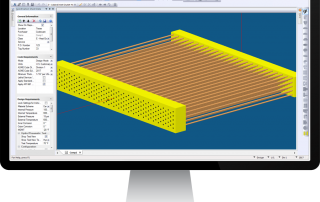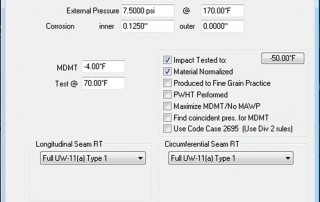What’s New for 2020
December 19, 2019 - We are pleased to announce that updates to our software suite are now available. Exciting new capabilities for 2020 include: COMPRESS - Pressure Vessel Design Compliance with the 2019 Edition of the ASME Code Advanced Report Formatting for easier to read design reports Appendix 46 (Division 2 [...]









